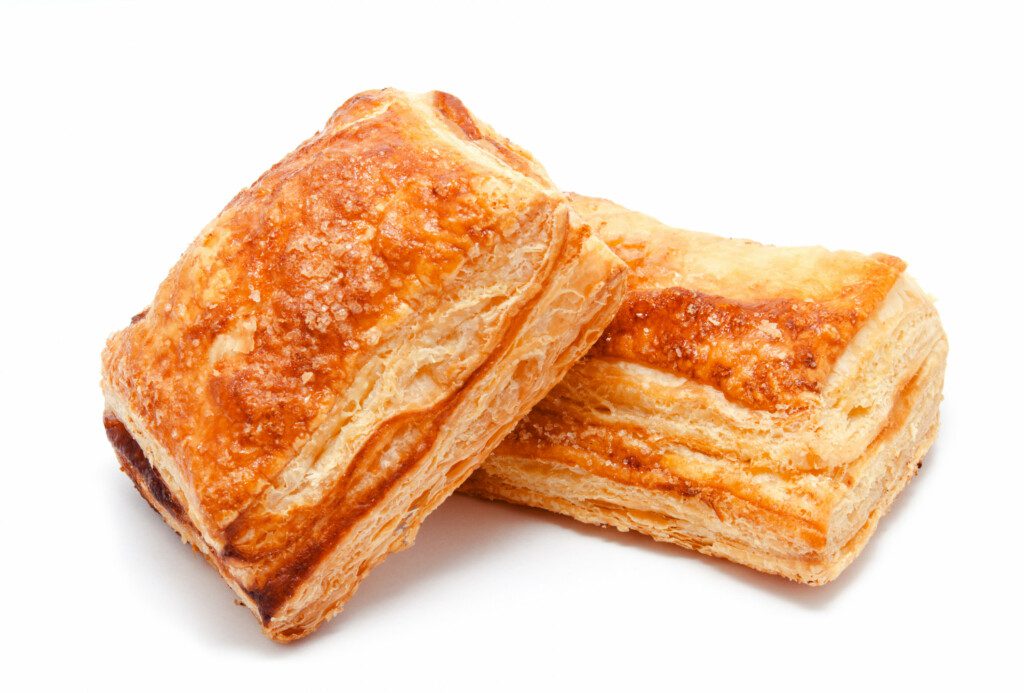
Vacuum cooling is a rapid and efficient alternative to traditional cooling systems, such as spiral towers and ambient cooling. It uses evaporative cooling which relies on the power of vacuum to make vaporization of water take place quickly and at much lower temperatures. This technology not only cools bread but upgrades product quality and shelf life while shortening the baking time.
For this process, product pieces coming from the oven at temperatures close to 96°C (205°F) at sea level are placed inside a vacuum chamber which is sealed to prevent gas exchange and partial evacuation of air. As a vacuum pump removes air from the cooling environment, the pressure inside the chamber decreases. The vacuum pressure inside the chamber causes a depression in the temperature at which the free water in the product boils.
As moisture evaporates and escapes from the crumb, the following happens:
- Heat is extracted from the baked good.
- Cooling proceeds is at a high rate of 22°C/min (40°F/min).
- This could cool the product to a final temperature of 30°C (86°F) as fast as 3 minutes.
- When the moisture balance is restored between the crust and crumb, the product is ready to be packaged. This usually takes anywhere within 5-30 minutes.
- Water vapor is collected through a condenser for further use or disposal.
Advantages of vacuum cooling
- Shorten total batch cycle times
- Speed up product cooling and achieve higher production rates
- Increase cooling capacity or reduce floor usage
- Maximize shape, stability and volume
- Improve the crust, making it thinner and crispier for a prolonged time
- Maximize the resilience of the crust, and prolonging freshness by delaying retrogradation
- Elevate process hygiene and food safety standards
- Extend mold-free shelf-life of baked goods by reducing post-baking contamination

